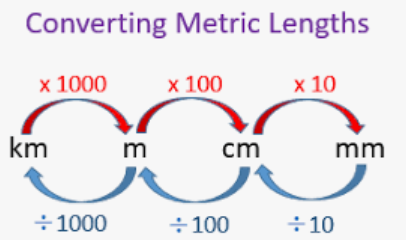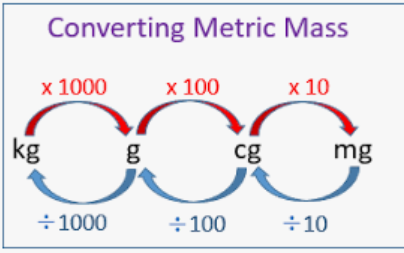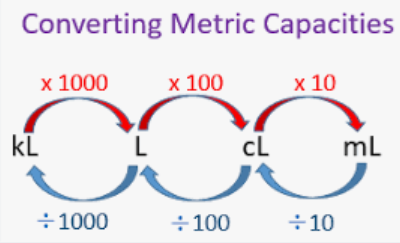Learn how to measure any quantity and also how to express in their respective terms. The metric system of measurement is the standard way of measuring distance, calculating height, measuring weight, and most of the other daily used items. As we know, the standard units of length, weight, and capacity are meter, gram, and liter respectively.
The three basic unit systems of measurement of length, mass, and capacity are known as the metric system. These metric units are followed all over the world and are called SI units (International System of Units). Let’s begin and learn more in detail about the metric system.
Do Read
What is Metric System?
We measure each object according to its length, weight, volume, and time in a different manner. The concept of “Metric System” is introduced with these measurements. By definition, The metric system of measurement in mathematics is the set of standard units defined to measure length, weight, and capacity, and the basic units of length are meter, weight is for gram and liter is for capacity.
Measurement of Length
The unit length is used to measure the size of any object or distance between one end to the other end. The standard unit of length is a meter. We use different types of units such as millimeter, centimeter, meter, kilometer, Hectometre, and Decametre. Millimetre, centimeter, decimetre is the smaller units used to measure smaller distances, meter is used to measure average distance, whereas units like decametre, hectometre, and kilometer are used to measure longer distances. All these units are related to each other.
Different Units of Length
| 1 kilometre (km) | = 10 Hectometres (hm) = 1000 m |
| 1 Hectometre (hm) | = 10 Decathletes (dcm) = 100 m |
| 1 Demeter (dcm) | = 10 Metres (m) |
| 1 Meter (m) | = 10 Decimetres (dm) = 100 cm = 1000 mm |
| 1 Decimetre (dm) | = 10 Centimetres (cm) |
| 1 Centimetre (cm) | = 10 Millimetres (mm) |
Metric Conversions of Length

Measurement of Weight
The unit weight is used to calculate any weight of any object. The Standard unit of weight is the gram. We use different types of units like gram, hectogram, decagram, kilogram, decigram, and centigram. Among them, gram, hectogram, and decagram are used for smaller objects. The kilogram is used to measure average weighted objects whereas decigram and centigram are used for more weighted objects.
Different Units of Mass
| 1 kilogram(kg) | = 10 hectograms |
| 1 hectogram(hg) | = 10 decagrams |
| 1 decagram (dag) | = 10 grams |
| 1 gram(g) | = 10 decigrams |
| 1 decigram (dg) | = 10 centigrams |
| 1 centigram (cg) | = 10 milligrams |
Metric Conversion of Mass

Measurement of Capacity
The maximum amount that something can hold is called capacity. The standard unit of capacity is liter. We use different units to measure different capacities. Millilitre, centiliter, decilitre are the smaller units used to measure smaller capacity, liter is commonly used to measure capacity, whereas units like decaliter, hectoliter, and kiloliter are used to measure larger capacity. All these units are related to each other.
Different units of Capacity
| 1 kiloliter (kl) | = 10 Hectoliters (hl) |
| 1 Hectoliter (hl) | = 10 Decaliters (dal) |
| 1 Decaliter (dal) | = 10 Liters (l) |
| 1 Liter (l) | = 10 Deciliters (dl) |
| 1 Decilitre (dl) | = 10 Centilitres (cl) |
| 1 Centilitre | = 10 Millilitres |
| 1 millilitre | = 0.001 litre |
Metric Conversion of Capacity

Also, Check:
Measurement of Time
The second is the base unit for time. The other units of time are
| 1 Year | = 365 days(366 days in a leap year) |
| 1 month | = 30 or 31 days(February has 28 days, in a leap year February has 29 days) |
| 1 week | = 7 days |
| 1 day | = 24 hours |
| 1 hour | = 60 minutes |
| 1 minute | = 60 seconds |
| 1 second | =1000 milliseconds |
Metric Conversion of Time

